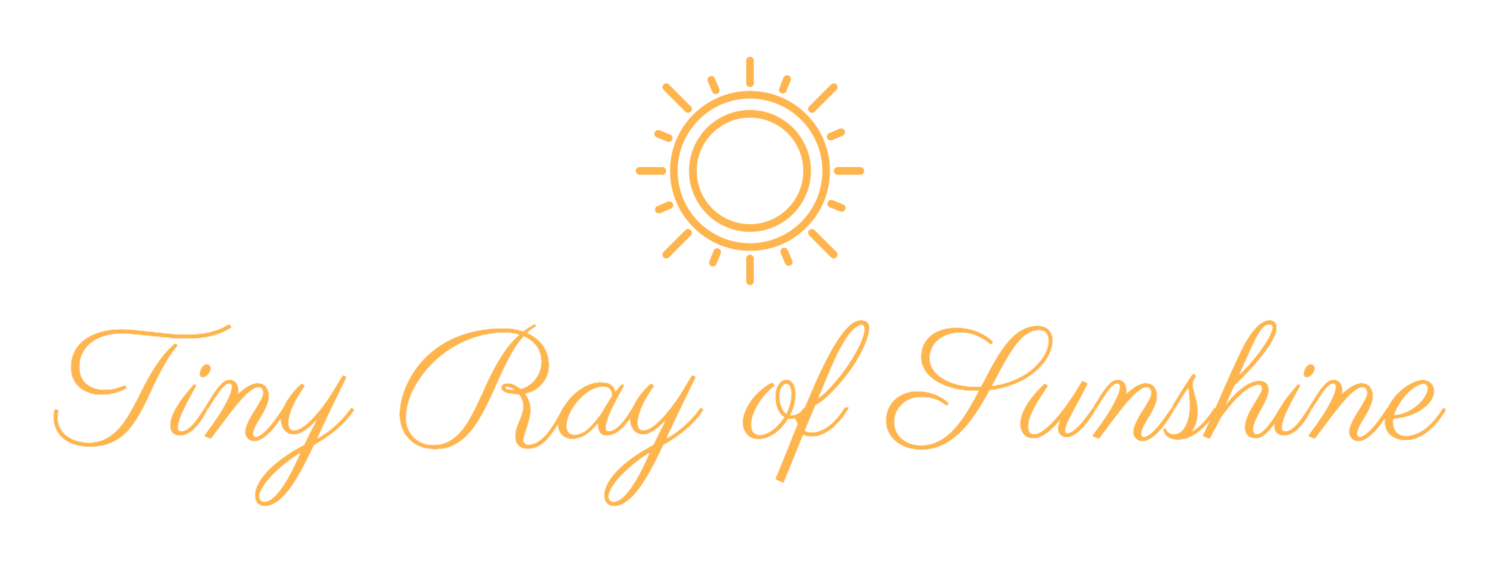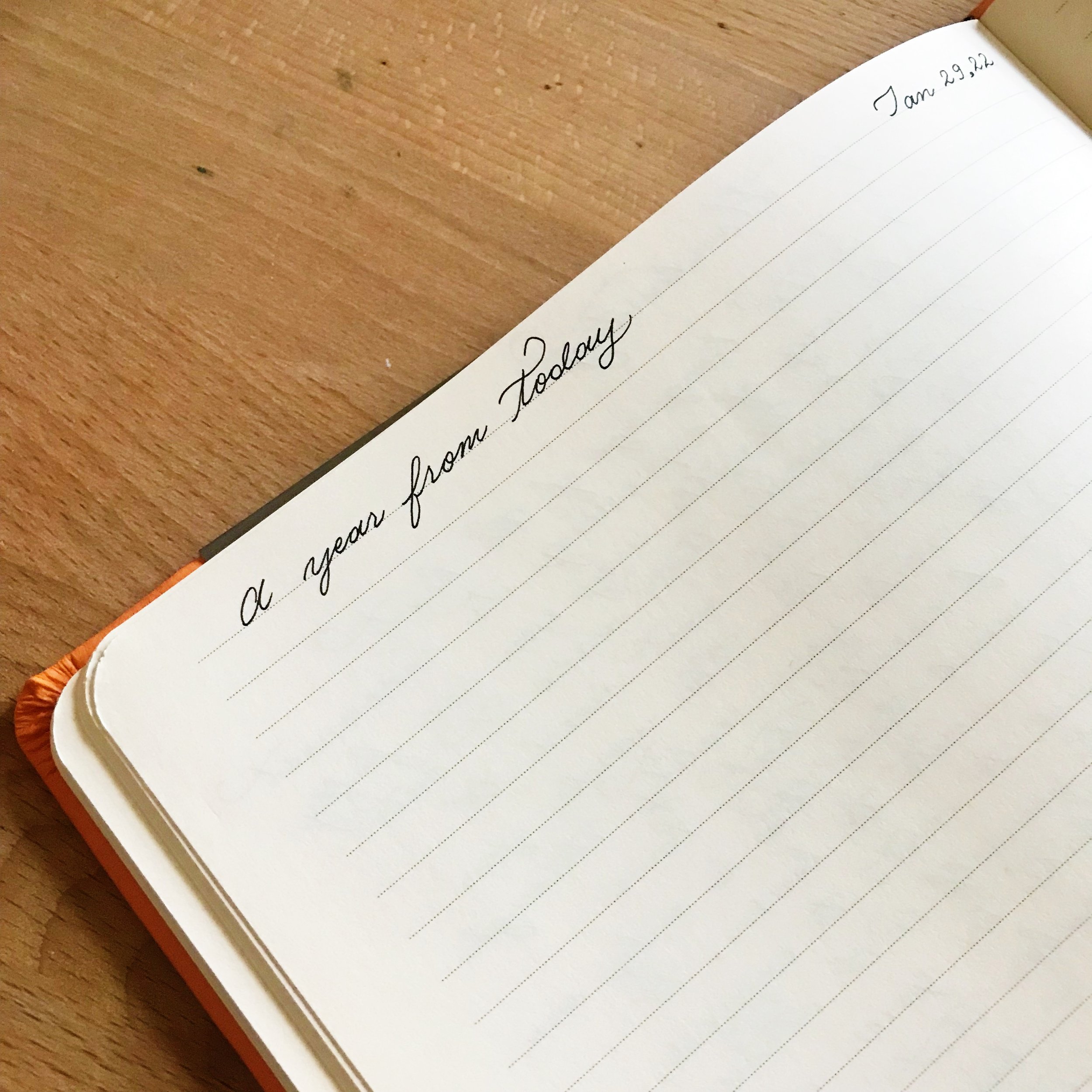Different kinds of Threading in the Bullet Journal
/Hello everyone!
Today I want to share with you a VERY handy hack to get more out of your Bullet Journal. I find it extremely effective and seamless. It has increased the efficiency of my workflow - hopefully you'll find it helpful too!
Now, before I begin, it's worth pointing out that you don't have to use all of these threading methods, but they're each useful for different things. Take some time to digest and understand how each work so that you can see how you can incorporate them into your system.

What is 'Threading'?
Threading is simply another word for 'connecting.' It is a way to connect ideas.
'Threading' was first introduced by Ryder, creator of the Bullet Journal, over on his site.
For the sake of differentiation, in this article we will call the 'Threading' he introduced 'Collection Threading.'
Collection Threading

What is it?
As a quick recap, Collection Threading is when you have a collection span across various pages in your notebook. These tend to be in different parts of the notebook. This method of threading allows you to have a fluid flow by flipping to the page where another part of that collection is located.
Why use it?
It will help you keep your flow and prevent you from slowing down by referencing the index all of the time.
When to use it?
Whenever you want to continue or reference a collection from another part of your notebook.
How to use it?
Let's say you take meeting notes in your Bullet Journal and you want to refer to the last time you took meeting notes. You're currently on page 127 and the last time you took meeting notes was on page 84. Next to page number on page 127, you write down | and 84 so it reads like, "127 | 84." Now when you're reviewing your notes you can find the previous and future instances of meeting notes.
Another example, say you have a project collection you were working on on page 15 and now you want to flesh out some more ideas related to the project but you've no more room on page 15. You're currently on page 90. No problem, simply title the collection that same as you did on page 15. Let's say the name of the collection is "Bedroom re-decorating," we title page 90 the same. To 'thread' them, we add the number 15 next to page 90 and vice versa, this way the collection remains continuous.
Written Example
"127 | 87"
Page Threading

What is it?
Page threading is when you write down a task that requires action which you 'thread' to a collection.
Why use it?
You made your list of tasks for the day and you know that you have a collection to work within. The collection has all of the steps and information you need to focus on, so instead of rewriting those tasks on today's page, simply create a task with the page number of the collection. It'll look like
"•Task (Pg#)"
When to use it?
Whenever you have a task that's connected to a collection you need to work from. Does this make sense? The collection is where you're working from, the task is there as a reminder to work on it! Once you've worked on that collection, you check off the according tasks from it and check off the task on today's page! Simple and effective.
How to use it?
For example, let's say that you have some errands to do today. You could write them down in your daily list, or you could treat them as a collection and add them to a fresh page. On today's page, write down the task as "•Errands (42)" The number in the parenthesis is the page number where the collection related to the task is located.
Let's say you want to get better at certain habits. You could create a habit tracker like this beautiful one from Kara. In the beginning, it might be difficult remembering to check that page to check those off, so you write down the task "• Fill out tracker (15)" which indicates that your task is to WORK WITHIN the collection. Make sense?
Written example
"•Doctor visit: questions and notes (70)"
Notebook Threading

What is it?
Notebook threading is when you reference a collection in another notebook.
Why use it?
You won't need to rewrite collections all over again. Instead, you can continue to work from the ones that you've already created in other Bullet Journals.
When to use it?
Whenever you need to work on a collection that is located in another Bullet Journal.
How to use it?
There are a few ways you could reference a collection in another notebook from your Bullet Journal.
One method is in the daily page. This is similar to page threading, except that it will also reference a notebook. This only works if you've had more than one Bullet Journal, still refer to collections in those, and don't want to rewrite certain collections. For this method to work, you need to number your Bullet Journals. So, you number your Bullet Journals and say you're on Bullet Journal number 5 and you want to refer to a gift list collection in Bullet Journal number 3 which is located on page 170. The way you'd write this in your daily page is, "•Review gift list (3.170)." The 3 is the number of the notebook, 170 is the page number. You would write it out the same way in the future log, month log, or a collection.
Written example
"•Photography organization (4.62)"
Collection of collections that are still relevant

What is it?
It's exactly that: a collection of collections that are still relevant that you want to refer to or are still working on. This is an easy way to not have to rewrite big collections such as project collections that have a lot of tasks and notes.
Why use it?
You won't need to rewrite collections all over again. Instead, you can continue to work from the ones that you've already created in other Bullet Journals.
When to use it?
When you move into a fresh notebook. This will be your master collection of collections. You DO NOT need to write down all of your collections. Only add the ones that are still pertinent.
How to use it?
In a fresh notebook, create a collection of the collections in your old Bullet Journals that you still refer to. You would write them out the same way as the Notebook Threading example.
Written example
"•Photography organization (4.62)
•Cat tree building plans (5.174)
•Computer file clean-up (3.45)
•100 things in 100 days (6.80)"
TL;DR
Collection Threading is when you connect a collection across different pages within your Bullet Journal by writing the page numbers of the collections next to each other like so "127 | 87"
Page Threading is when you write down a task that requires action which you 'thread' to a collection. For example "•Shopping list (45)"
Notebook Threading is when you reference a collection in another notebook such as "•Photography organization (4.62)" The first number is the number of the notebook and the second number is the page number.
Collection of collections that are still relevant and you want to refer to or are still working on. Make a list, then add the number like the Notebook Threading example.
I'm sure you could go deeper or even have other variations of threading, these are the main ways. You can combine and use any or all. I hope this leads you to greater productivity like it has done for me! Let me know if this wasn't clear, if you want more examples, or you have other examples of threading!
Special thanks to these Reddit comments which inspired the notebook threading idea.
Due to popular demand, you can print this article out here.
Supplies used:
This post contains affiliate links which means that if you click on a link and purchase an item through Amazon, I will make a small commission at NO extra cost to you. Thank you for helping support Tiny Ray of Sunshine!












